How to wash makeup brushes to keep bacteria at bay
Learning how to wash makeup brushes will stop your brushes from gathering grime and growing bacteria. Here's exactly how to do it.
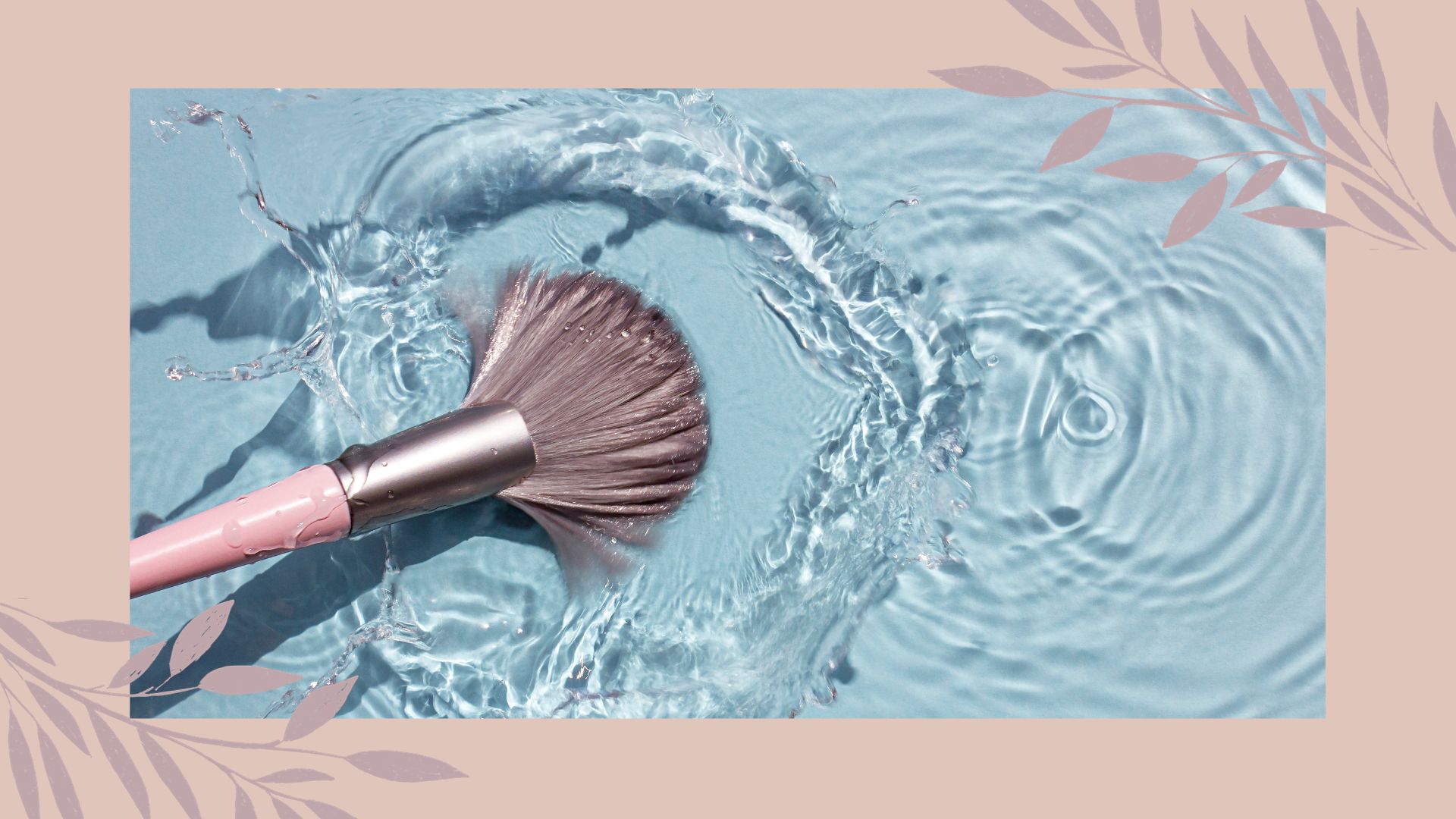

If we had to put it in a category, we’d file learning how to wash makeup brushes with meal prepping for the week and working through that pile of handwashing you’ve been ignoring in the corner of your wardrobe. It’s not fun, but you’ll feel suitably smug (and reap the benefits) when you do.
Before we dive head-first into the how, let’s recap why it’s so important to be regularly washing our best makeup brushes, from the best foundation brushes to the best eyeshadow ones. “Makeup brushes are notorious for harboring sebum, dirt, dust, product build-up and dead skin cells, all of which provide the ideal environment for bacteria to thrive,” says Benjamin Moffat, MD of brush cleaning brand ISOCLEAN. “This bacteria is then transferred to your face and has been shown to contribute to acne and other unwanted skin complaints.” So far, not so good.
“Clean brushes and sponges lessen the chance of breakouts and skin irritation and will make makeup application smoother as well as make your beauty tools last that much longer,” Moffat adds. Case made. So, let’s move on to the important bit, with an expert step-by-step guide to squeaky clean brushes.
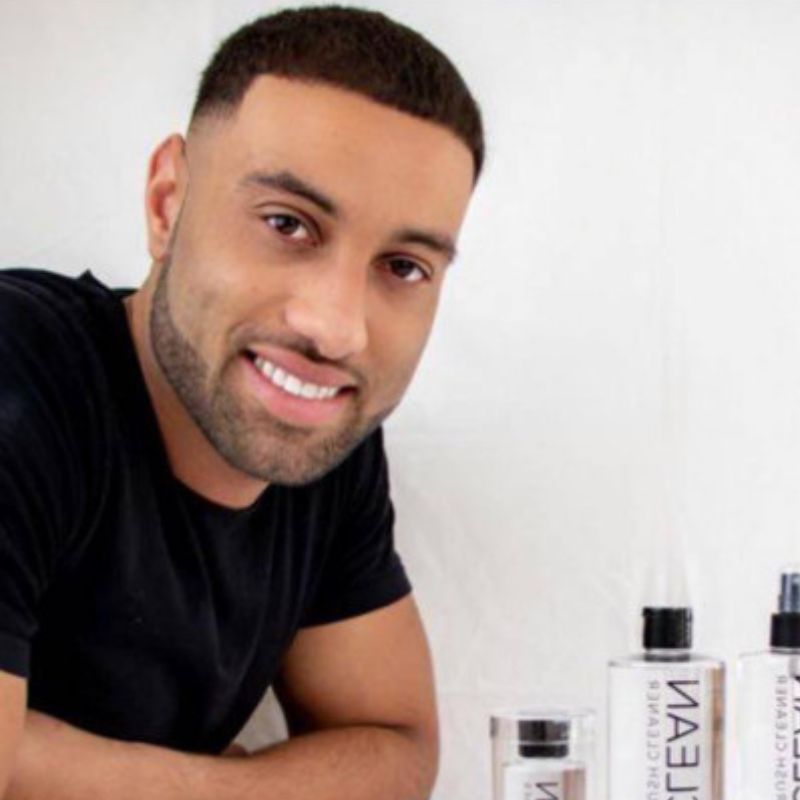
Benjamin is the Managing Director of makeup removal brand ISOCLEAN UK, with a passion for creating cruelty-free and eco-friendly beauty products.
How to wash makeup brushes: Step-by-step guide
There are a few different ways of how to wash makeup brushes, and which method you choose will depend on how grubby your brushes are and how much time you have. For example, for a quick mid-week fix, or to remove a dark eyeshadow from a brush so you can use another shade, a speedy spritz with a cleansing spray will probably do. But, if you want to make sure that any build-up and bacteria are well and truly banished, then you’ll need to commit to a full-on cleansing session featuring running water. This is how to do it properly:
1. Dampen the bristles
Start the process by holding your brush beneath the tap to dampen the bristles. Getting the entire brush wet can cause the paintwork to peel and loosen the glue that attaches the brush hairs to the handle, so try just to angle the top part under the running water. Lukewarm water is best, rather than hot or cold.
2. Lather up with a suitable product
Now it’s time to bring your chosen brush cleanser into the mix. This could be a purpose-made brush cleaner, a dollop of your best facial cleanser or even a squirt of Fairy Liquid. Instead of applying directly to the brush though, Hayley Walker, Beauty Expert at Justmylook, recommends “adding the cleaning solution onto the back of your hand or a brush cleansing mat. Applying straight onto the brush can lead to excess product being absorbed by the bristles, resulting in them becoming oily and damaged.”

Hayley is a beauty expert with over 20 years of industry experience. Qualified in all things beauty including skincare, makeup, nails, and holistic wellness, she is a trusted source when it comes to sharing expert advice and tips on the latest beauty trends.
3. Work the cleanser into the bristles
Some products, like long-wear or waterproof foundations, require a fair bit of persuasion to remove them from your makeup brush. If you have a mat, Walker advises to “carefully swirl the brush in circular motions onto the cleaning solution, making sure not to oversaturate the bristles in cleanser, to create a nice lather on the brush.” No mat? No problem. You can get a similar effect by using the side of your sink or the back of your hand. Equally, simply using your fingertips to massage the product onto and between the bristles will work too.
Sign up for the woman&home newsletter
Sign up to our free daily email for the latest royal and entertainment news, interesting opinion, expert advice on styling and beauty trends, and no-nonsense guides to the health and wellness questions you want answered.
4.Rinse and repeat
Once the water is running clear beneath your brush and you’re feeling confident that every scrap of makeup has been removed, you can start to rinse your brush. Be mindful that some brush cleansers can irritate the skin when you use the brushes at a later date, so it’s important to make sure that any residue has been removed. To be on the safe side, rinse, repeat and rinse again.
5. Squeeze out any excess water
Makeup brushes, especially big fluffy ones like a kabuki brush, can take a frustratingly long time to dry – one of the main reasons why we don’t wash them quite as regularly as we should. To give the drying process a helping hand, “remove the brush from the water and gently squeeze out any excess by hand or using a paper towel,” adds Walker.
6. Leave to air dry
The last step of learning how to wash makeup brushes is simple but important. “Once your brush is clean and free of excess moisture, reshape the bristles by hand and lay your makeup brush flat on a clean towel to dry for around 9 hours,” says Walker. Somewhere cool, and not humid like your bathroom, is best. Never be tempted to speed up the process by blasting with the hairdryer. This can melt the glue holding the bristles in place and if they’re synthetic, even the bristles themselves.
What is the best thing to clean your makeup brushes with?
We’ve touched on this a little already, but different experts will point you in different directions when it comes to the best product to use when learning how to wash makeup brushes. “Some MUAs do recommend using dish soap, but I wouldn’t want to put something so harsh onto a product that touches the skin on my face,” says Walker. “A gentle anti-bacterial soap or a sulphate-free shampoo will do just as good of a job and is more gentle on the bristles.”
For Moffat, it’s a dedicated brush cleanser or bust. “The best and most thorough way to clean your makeup brushes is with a product designed for this purpose,” he says. “For hygiene reasons, choose specialist cleansers that are antibacterial and antimicrobial for bacteria-free brushes every time.” Not only is this option the safest for your skin, but as they’ve been made with brushes in mind, you can rest assured that they shouldn’t contain anything that will dry out, ruin the performance of or shorten the lifespan of your brushes.
Our beauty editor recommends...
Our beauty editor's brush & sponge cleaning picks
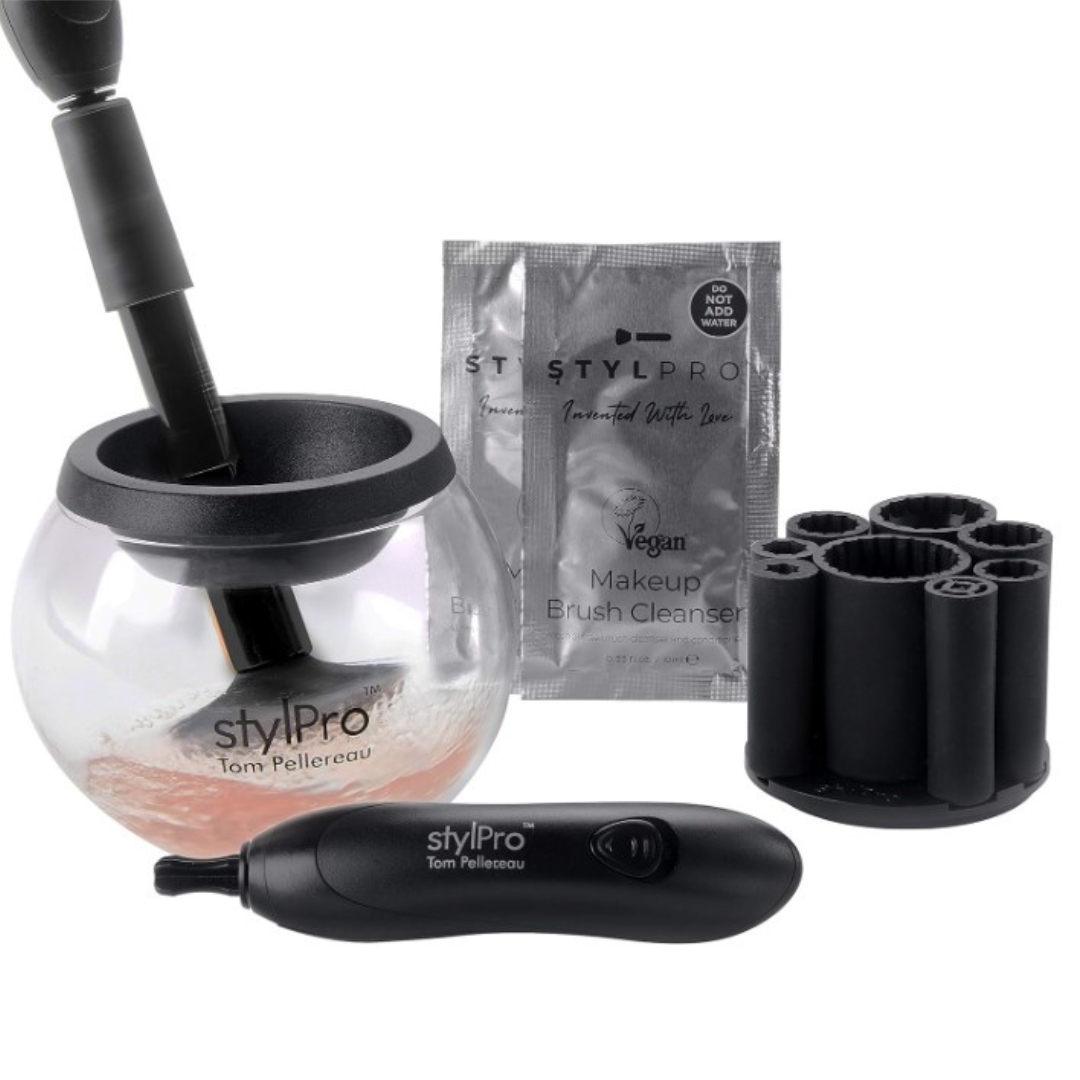
RRP: £29.99
This is a literal, mini washing machine for your makeup brushes. It spins and sanitises your brushes, leaving them clean, dry and most importantly hygienic!
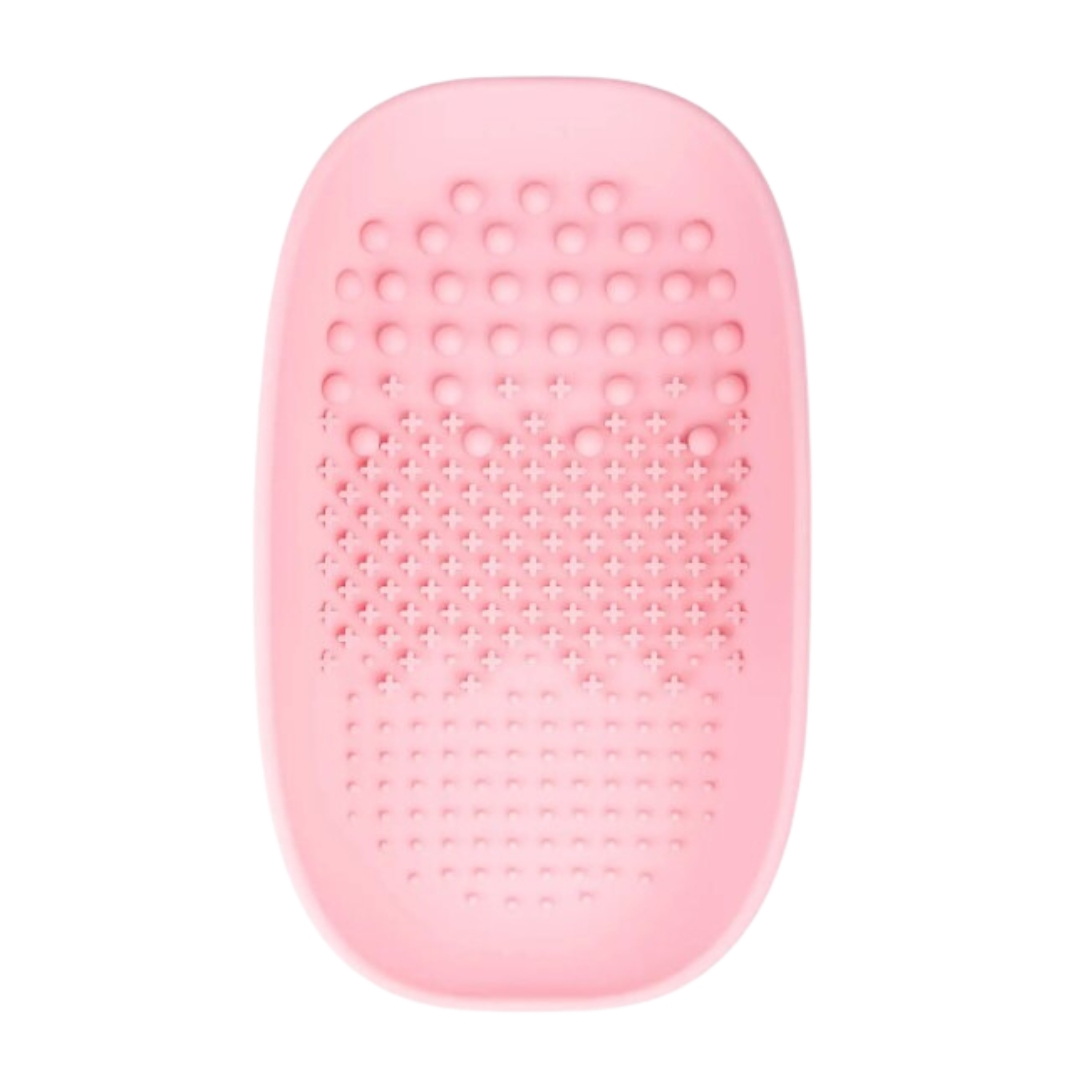
RRP: £7.99
This handy silicone mat works as a something of a scrubber for your makeup utensils. With a few drops of makeup remover, you can simply swirl your brushes - from eyeshadow to foundation brushes - over the grooves and ridges to deeply cleanse the fibres.
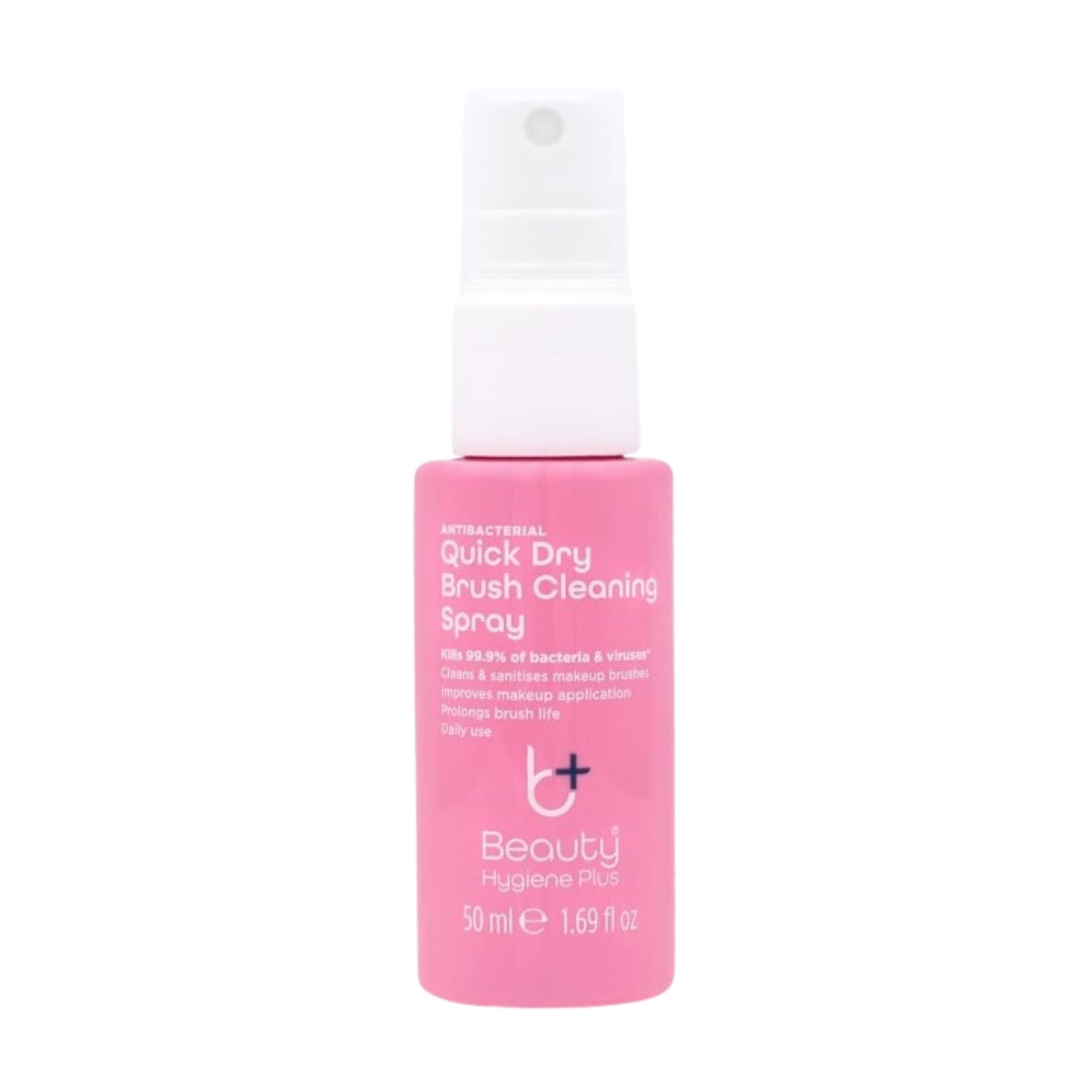
RRP: £5
An antibacterial brush spray is also ideal for on-the-go when you want to give your makeup utensils a refresh!
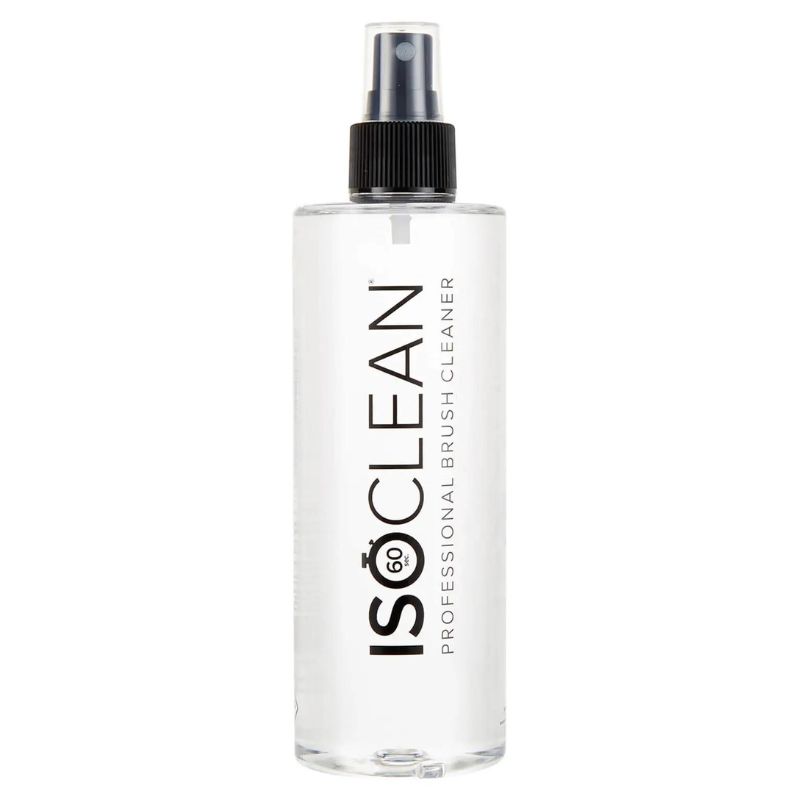
RRP: £17
One of the easiest brush cleansers to use, all you need to do is spray onto the tip of your brush, swirl on a paper towel for around five seconds and you’re good to go – no rinsing required.
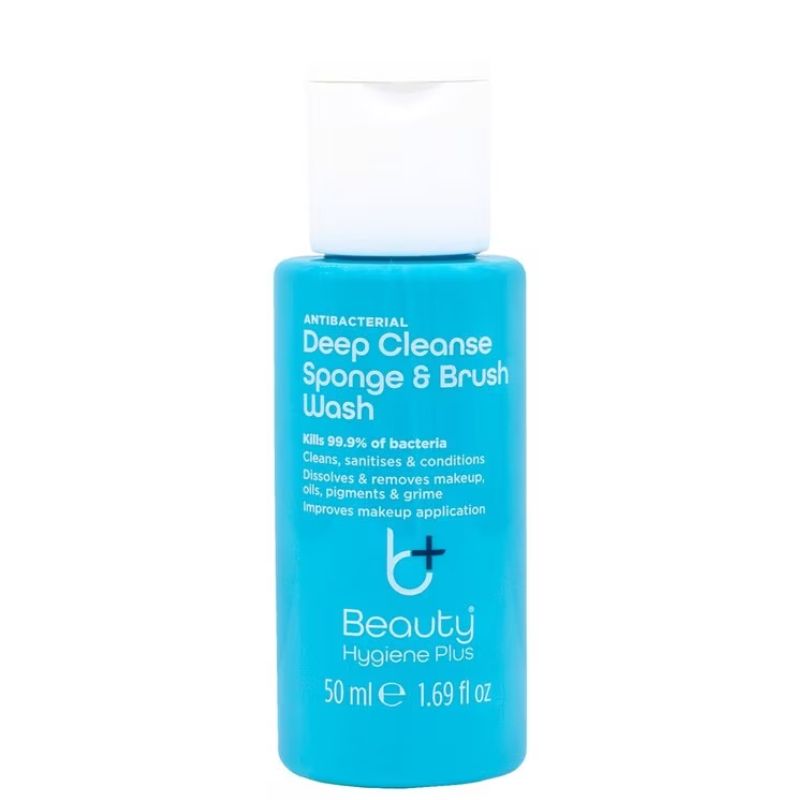
RRP: £5
This handy little bottle is a purse-friendly investment that won’t break the bank, and you don’t need much at a time. It kills 99.9% of bacteria and does a great job of breaking through grease.
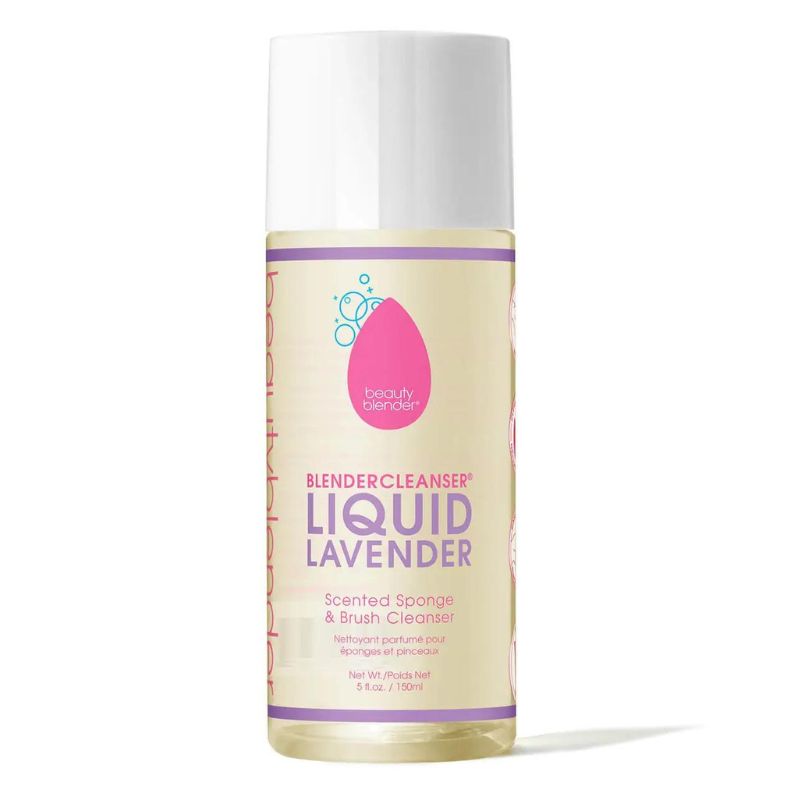
RRP: £16
A great product for tough, hard-to-shift makeup that won’t budge, it works on both sponges and brushes to leave them looking as good as new.
FAQs
Can you wash makeup brushes with micellar water?
If you want to make the most of your best micellar water then it can double as a makeup brush cleanser too. “Micellar water is a quick and efficient way of removing makeup from your brushes, especially for on-the-spot cleaning,” explains Walker. “Simply dip your brush hairs into a pot of micellar water, give them a swirl and watch the makeup buildup come away from the brush.”
Keep in mind though that just as we’d only recommend micellar for a first cleanse or emergency pre-bed makeup removal on your face, it’s not going to be as thorough as washing your brushes with running water. “If you don’t have any specialist brush cleansers to hand then micellar water will work,” says Moffat. “It can be used as a short-term solution.”
Can you wash makeup brushes with face cleanser?
How about another bathroom cupboard staple? This time, the question is can you wash makeup brushes with face cleanser, and again, the answer is yes. “You can wash your makeup brush with a gentle face cleanser, however, I wouldn’t recommend washing your brushes daily in this way as this could dry out the hairs,” advises Walker. Instead of going in with anything too harsh or stripping, which some of the best cleansers for acne can be, she suggests “choosing a cleanser suitable for sensitive skin as these are usually sulphate-free.” As with all brush cleansing, rinse well and leave to air dry.
Do you wash synthetic makeup brushes the same way as brushes made from real hair?
If your brushes are made from natural hair, “I would recommend using a mild-sulphate-free shampoo or a professional makeup brush cleaner, and wash the brushes carefully to avoid damage to the hair,” says Walker.
With synthetic brushes, you don’t need to treat them as delicately as they’ve been engineered for this exact purpose. “I would recommend a gentle anti-bacterial soap or a professional brush cleaner as the bristles,” adds Walker. “The bristles are more durable and can handle regular cleaning. Just make sure you avoid normal soaps and rubbing alcohol as these will dry out the bristles and affect how your makeup glides onto the skin.” If the bristles are a mix of both natural and synthetic hair, follow the advice for natural hair brushes.
Now you know everything there is to know about how to wash makeup brushes there’s pretty much no excuse for not making it a part of your weekly Sunday ritual. Just think about how smug you’ll feel on Monday morning…
Jess Beech is an experienced fashion and beauty editor, with more than eight years experience in the publishing industry. She has written for woman&home, GoodtoKnow, Now, Woman, Woman’s Weekly, Woman’s Own and Chat, and is a former Deputy Fashion & Beauty Editor at Future PLC. A beauty obsessive, Jess has tried everything from cryotherapy to chemical peels (minus the Samantha in Sex and The City-worthy redness) and interviewed experts including Jo Malone and Trinny Woodall.
-
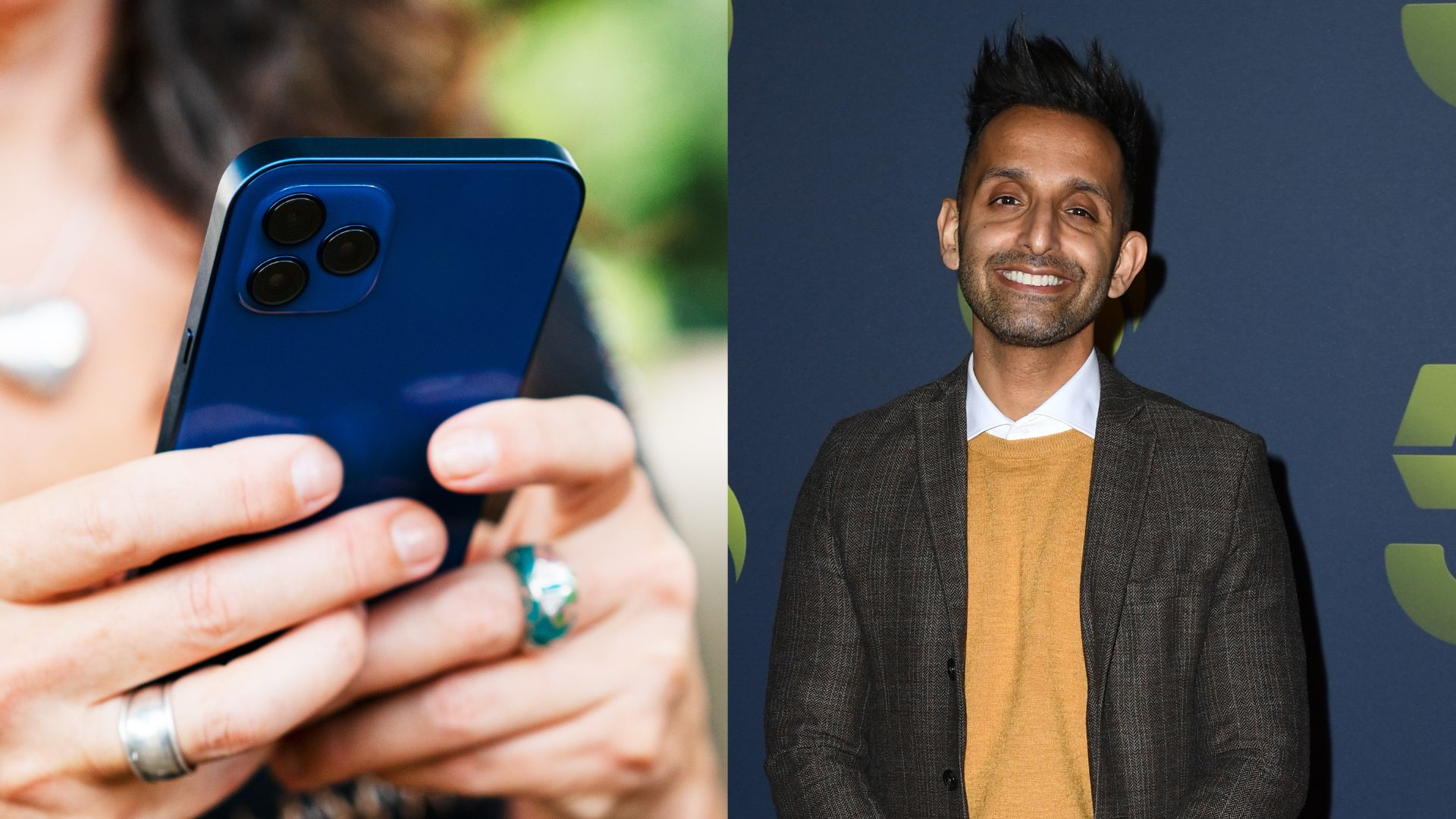 Dr Amir Khan reveals the 5 symptoms you should 'never' ignore, no matter how 'vague' they are
Dr Amir Khan reveals the 5 symptoms you should 'never' ignore, no matter how 'vague' they areDr Amir Khan, a GP who often appears on ITV's Lorraine, took to Instagram this week to share the symptoms he'll always take a second look at
By Grace Walsh
-
 Head to Hobbs for holiday-ready linen and the most elegant summer dresses you’ll find on the high street
Head to Hobbs for holiday-ready linen and the most elegant summer dresses you’ll find on the high streetWondering where to shop for a chic summer wardrobe? Hobbs has you covered
By Caroline Parr